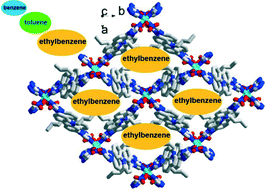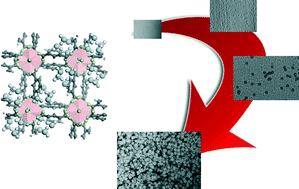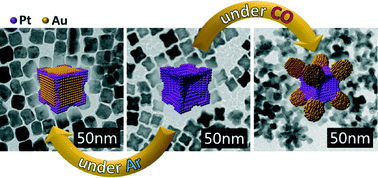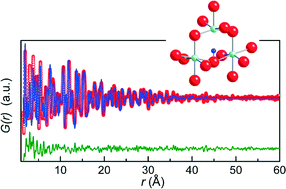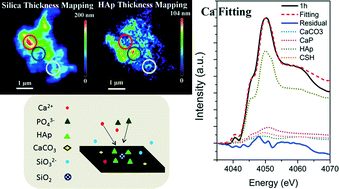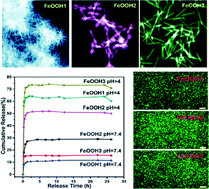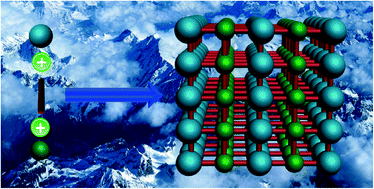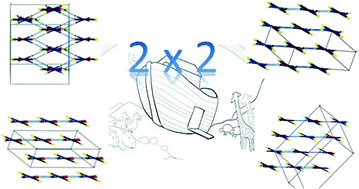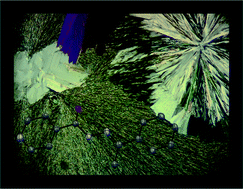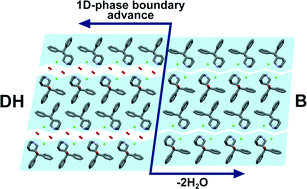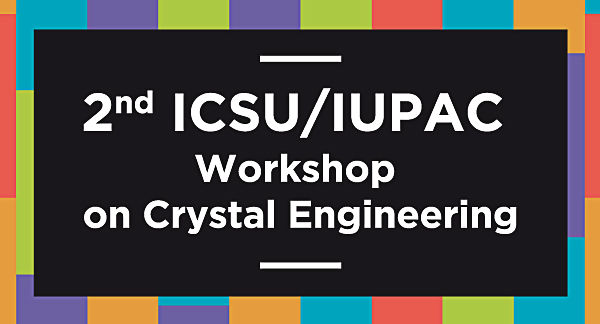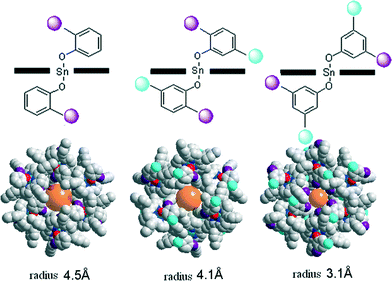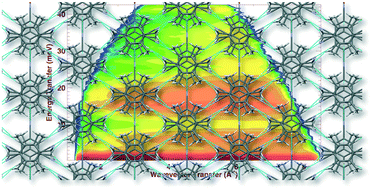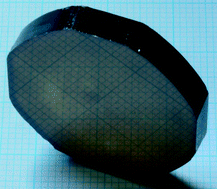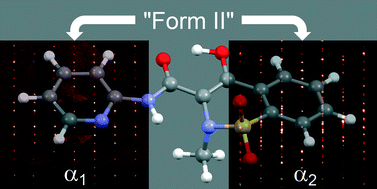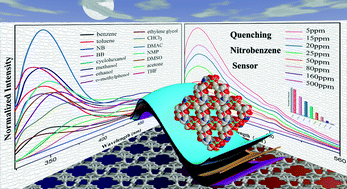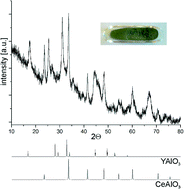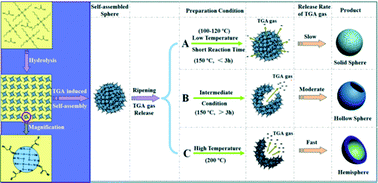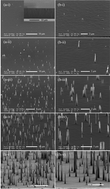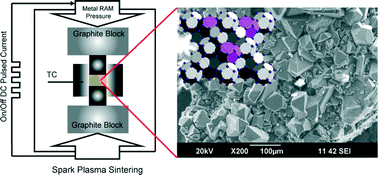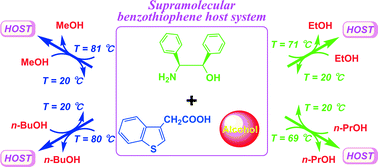We are delighted to announce a new CrystEngComm themed issue to be published in 2016:
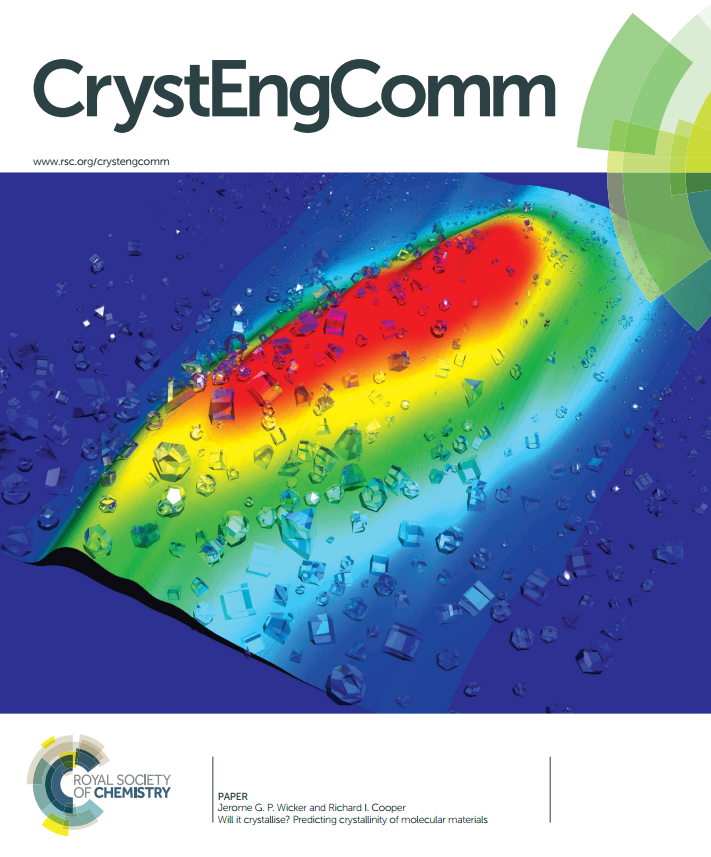
Solid State Photochemistry
Deadline: 1st April 2016
Guest Editors: Dr Jacqui Cole (University of Cambridge), Professor Masahiro Irie (Rikkyo University)
The issue will focus on photochemical reactions and photophysical structure and properties of solid-state materials, ranging from the crystalline state to interfacial structures that involve at least one solid phase.
Studies on photochemical reactions will include photochromic reactions, the photomechanical effect, light induced phase transitions, light-induced morphological changes, molecular machines and photoswitches, and spin crossover materials. Such studies can be applied to any crystalline material, including single crystals, microcrystalline powders and nanocrystals.
Studies on photophysical structure and properties of materials will focus on optoelectronic media, photovoltaic applications, non-linear optical effects, and other optical phenomena. Papers may concern bulk media or interfacial structures that include at least one solid phase. Results will describe relationships between chemical structure and photophysical function or feature some physical chemistry aspect of a solid-state photo-induced phenomenon. We are equally happy to consider experimental and/or computational studies within this arena.
Crystal engineering of composite materials
Guest Editor: Professor Kwangyeol Lee (Korea University).
Deadline: 12th April 2016
This themed issue will focus on crystal engineering of composite materials, particularly in the areas of energy conversion and energy storage, providing insights into the growth behaviour of these complex systems.
The issue will address different aspects of crystal design in/for hybrid materials, such as changes in crystal growth behaviour – namely, changes in morphology or phase, on different supports or by additional components in the system.
Do you work in the field of composite materials? If so, let us know using the link below.
How to submit
All types of manuscript – communications, full papers and Highlights, will be considered for publication. The manuscript should be prepared according to our article guidelines and submitted via our online system.
All manuscripts will be subject to normal peer review and inclusion in the themed issue will be at the discretion of the Guest Editors. Please indicate in your submission the name of the themed issue that you would like to be considered for.
Are you interested in contributing? Contact us for further details











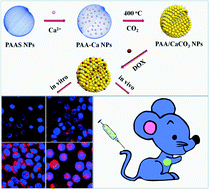
 Gwenda Kyd has a PhD in metallocarborane chemistry from the University of Edinburgh. Other research work includes the spectroscopic study of the structure of glasses and organometallic electron-transfer reactions and the preparation of new inorganic phosphors. She has recently published a book on chemicals from plants.
Gwenda Kyd has a PhD in metallocarborane chemistry from the University of Edinburgh. Other research work includes the spectroscopic study of the structure of glasses and organometallic electron-transfer reactions and the preparation of new inorganic phosphors. She has recently published a book on chemicals from plants.